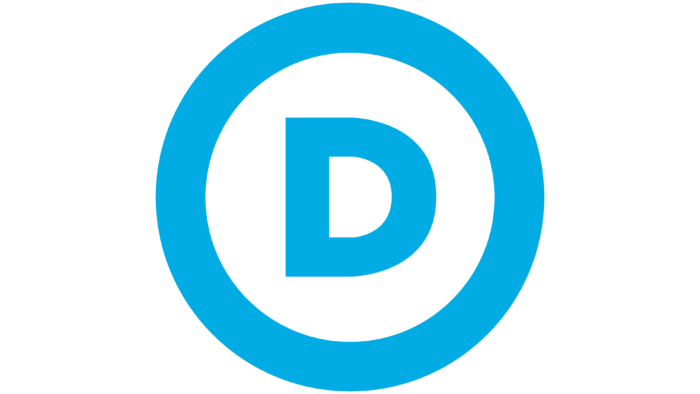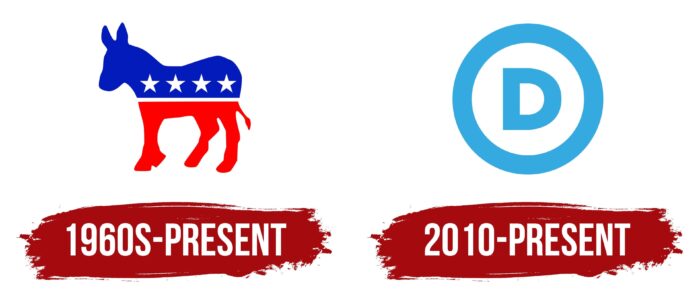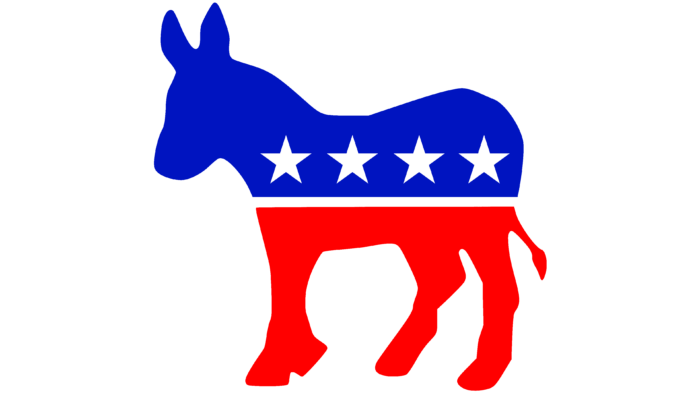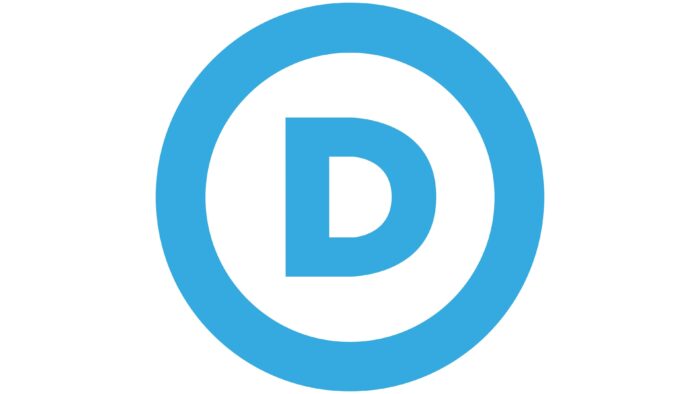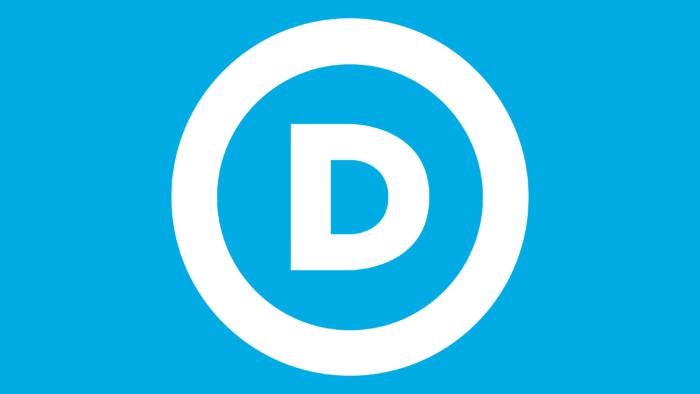The Democrat logo states that the party’s focus is on democratic values. The organization respects honesty and freedom and guarantees a transparent approach to doing business. The emblem is concise and complete, like the program of the Democrats.
Democrat: Brand overview
| Founded: | January 8, 1828 |
| Founder: | Andrew Jackson, Martin Van Buren |
| Headquarters: | Washington, D.C., U.S. |
| Website: | democrats.org |
Meaning and History
The most famous symbol of Democrats is the donkey. He became the party’s mascot long ago when Andrew Jackson was the presidential candidate. He was nicknamed a donkey because of his stubbornness and unfounded promises, but Jackson was not embarrassed by such criticism. The politician included the image of the intractable animal in campaign posters in 1828, and in 1837 he made him the mascot of the Democratic Party.
The caricatures created by Thomas Nast in the 1870s helped popularize the image of the donkey. This man is known as the “father” of the modern look of Santa Claus. He made him fat, although it was previously believed that Santa Claus was thin. In addition, the artist painted satirical paintings, ridiculing various events in the political arena. Thomas Nast compared the Democrat to stupid donkeys and the Republican to clumsy and cowardly elephants. Surprisingly, both sides enthusiastically accepted their mockery and began to use the proposed animals as party symbols.
This explains the appearance of a donkey on the first logo of the Democratic Party. As for the second visual mark, there are no references to the famous Thomas Nast cartoons. The logo looks like the letter “D” in a blue ring.
1960s – today
During the 1828 presidential race, Andrew Jackson made the donkey his main symbol. Of course, over the years, the design has changed markedly. The modern version is a sample of computer graphics. It represents the silhouette of an animal, divided into two color blocks, between which a white horizontal line is drawn. The blue top and red bottom represent the US flag. This is confirmed by four five-pointed stars located along the border of the blue part. The style of the logo is far from what Thomas Nast drew, but it still reflects the historical heritage of the party.
2010 – today
In 2010, the public saw for the first time the party’s new symbol, the letter “D,” in a ring. It was adopted along with the “Change That Matters” slogan and a redesigned website. Tim Kaine showcased the redesigned identity at a Democratic National Committee event. The DMC chairman included it in the list of positive changes that have been achieved under the presidency of Barack Obama.
Democrat: Interesting Facts
The Democratic Party is a major force in American politics, with a history that mirrors the changes in U.S. society and government.
- Early Beginnings: The Democratic Party’s roots go back to the Democratic-Republican Party, founded by Thomas Jefferson and James Madison in the 1790s, initially formed to oppose the Federalist Party.
- Formal Establishment in 1828: It became an official political party in 1828, making it the oldest active political party in the U.S. That year, Andrew Jackson ran for president, focusing on popular sovereignty and limited government ideals.
- Donkey Symbol: The party’s donkey symbol originated from Andrew Jackson’s 1828 campaign. He was called a “jackass” by opponents, but he adopted the symbol for its traits of strength and determination. Cartoonist Thomas Nast later popularized it in the 19th century.
- Party of the “Common Man”: Jackson’s presidency marked the party’s commitment to representing the “common man,” pushing for wider voting rights and opposing government elitism.
- Changing Ideologies: Over time, the Democratic Party has shifted from emphasizing states’ rights and agricultural interests to advocating for social liberalism, civil rights, and evolving issues.
- The New Deal Era: The 1930s New Deal under President Franklin D. Roosevelt expanded the federal government’s role, reflecting the party’s support for interventionist policies to address economic and social challenges.
- Civil Rights and Social Programs: In the 1960s, the party, particularly under President Lyndon B. Johnson, played a key role in advancing civil rights legislation and social programs to reduce poverty and racial inequality.
- Presidential Firsts: The party has achieved several historical firsts, including Barack Obama as the first African American president in 2008 and Kamala Harris as the first female, first African American, and first Asian American vice president in 2020.
- Election Innovations: The Democratic Party has been innovative in campaigning, from using TV ads in John F. Kennedy’s 1960 campaign to embracing the internet and social media in Obama’s campaigns.
- Diverse Support Base: Today, the party attracts a wide range of voters, including young people, women, ethnic and racial minorities, and urban residents, focusing on civil rights, social justice, environmental concerns, and economic equality.
Throughout its history, the Democratic Party has continually adapted to meet Americans’ changing demands and values, playing a key role in shaping the country’s politics and policies.
Font and Colors
Both Democratic Party icons support a winning branding strategy. This is an example of the successful positioning of a political force, which helps to stand out from the competition. The “D” represents the Democrat itself, and the blue ring accentuates that letter. On the other hand, it can symbolize society, a close-knit team, a circle of party adherents. Although opponents criticize the logo, comparing it with the sign of the Dewey’s Pizza restaurant chain.
The donkey emblem continues to be used alongside the new badge. This is a valuable historical heritage of the Democrat, which has come down to our times from time immemorial. And although initially a negative meaning was invested in the image of the donkey, it faded into the background, giving way to a powerful visual symbol.
There are no inscriptions on the main logos of the party. The single “D” in the ring was taken from a geometric sans-serif typeface. The colors used – red, blue, and white – correspond to the colors of the US national flag. By tradition, white represents purity, blue – justice, red – endurance.
Democrat color codes
| Spanish Sky Blue | Hex color: | #35aae0 |
|---|---|---|
| RGB: | 53 170 224 | |
| CMYK: | 76 24 0 12 | |
| Pantone: | PMS 306 C |
